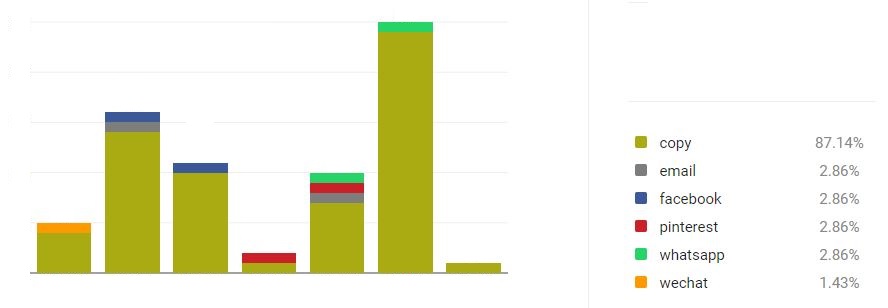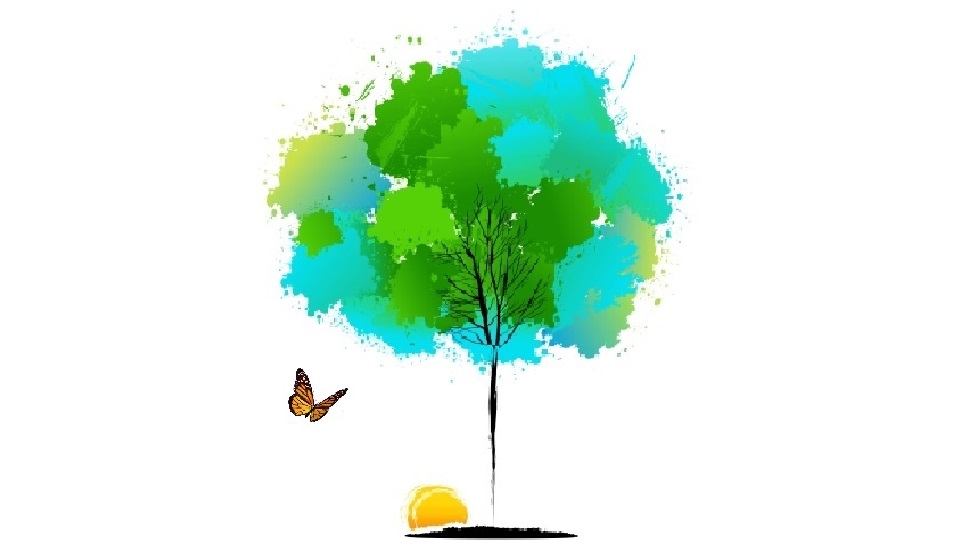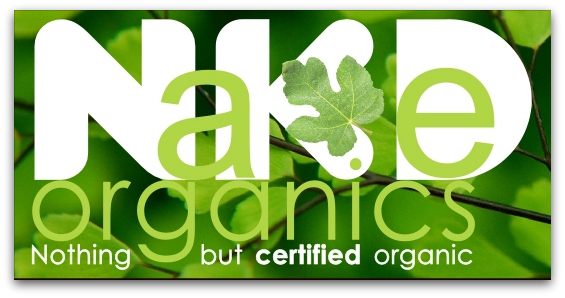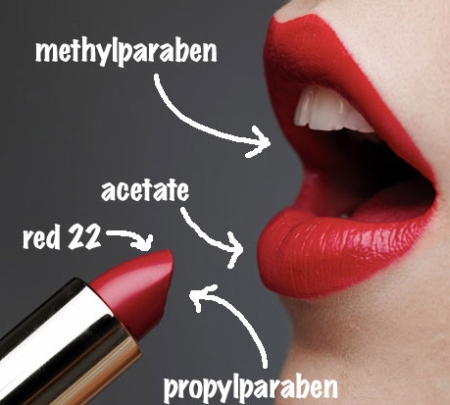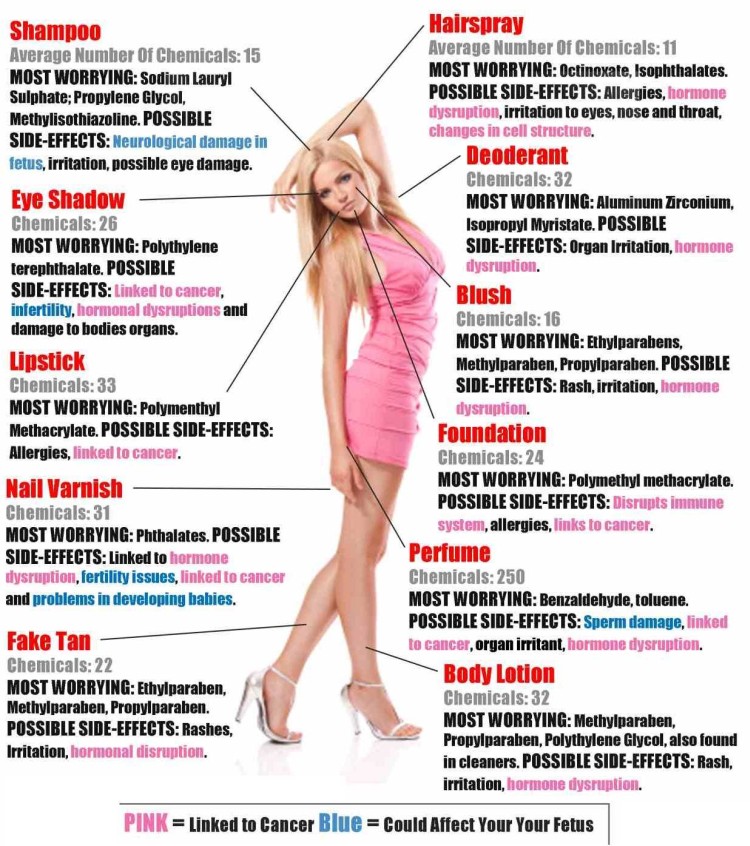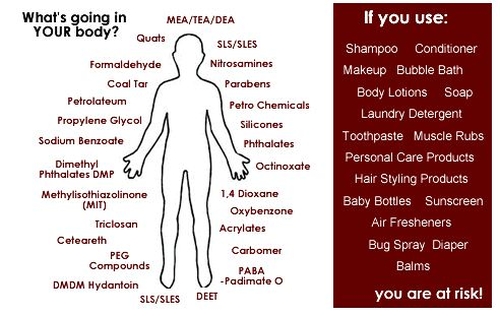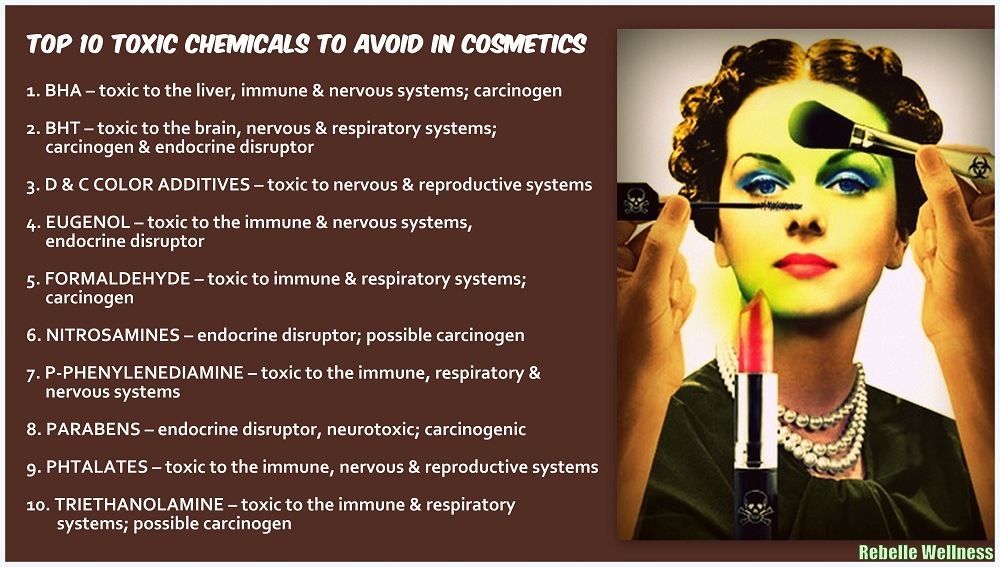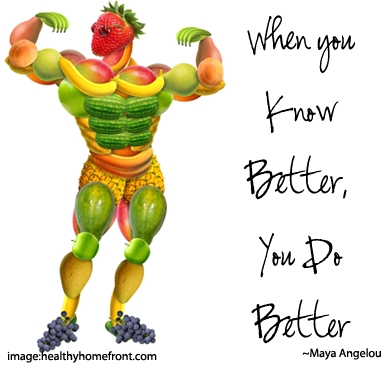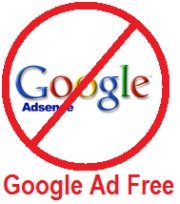|
|
www.moyoway.com |
Buy your Certified Organic |
|
|
CLICK FOR NAKED www.moyoway.com |
Moyo is an African origin word which implies that the
"heart and mind act as one to cultivate the spirit”
Makeup safety is not what it seems
>Home Page >>Makeup Safety
|
What is makeup safety and how does it work? Before your question is answered, let me ask you another ... have you ever thought of your cosmetic makeup as being unsafe? This video will explain the need for safety in cosmetics. |
Wow ... that was bit of an eye opener.
The truth is, you are not alone. We are all being affected.
Laws vary from country to country. The laws either restrict or prohibit certain ingredients or products. In Europe there is the EU Cosmetics Directive 76/768/EEC.
From time to time, these laws that ensure makeup and cosmetic safety are amended. A recent example in 2009 includes new rules of the 76/768/EEC Directive concerning the use of nanoparticles and stricter rules on animal testing of cosmetics.
Makeup colourants are highly regulated. In the United States, the regulating body is the Food and Drug Administration - FDA.
Besides these colourants, makeup products and their ingredients are not subject to FDA regulation prior to their release into the market.
It is only when a product is found to violate Federal Food, Drug and Cosmetic Act (FD&C Act) and/or the Fair Packaging and Labeling Act (FPLA Act) after its release, may these authorities start to take action for any violations.
The process of makeup and cosmetic safety
When there is a makeup safety infringement, the process, in general, should work as follows :
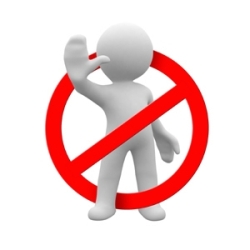
- the regulatory authority may request a recall if the company refuses to remove an unsafe product from the market
- the regulatory authority may work with the Department/Ministry of Justice to remove contaminated or misbranded products
- the regulatory authority may request a restraining order to prevent further shipments of contaminated or misbranded products
- the regulatory authority may take action against the company violating the law
Is the system working?
This is how the system is supposed to work. But from news articles (further below), it is clear that this is not happening.
Here is an example of how some organisations, in this case, the US FDA, actually cover up scientific industry fraud. This leaves you completely exposed to drugs, cosmetics and foods that may be unsuitable and dangerous for you. You may say that you can sue if you are affected - if you think that money can bring you back from death or permamnent damage, let us know how it goes.
Here is the full article.
This infographic explains what these chemicals are doing to your body and why you need to be concerned.
Image : Courtesy of Dr Jones TV / Click images to enlarge
It is clear that we are still being exposed to toxic makeup everyday of our lives. It would be foolish to think otherwise.
Makeup safety is supposed to work as follows. A company may use any ingredient (except colour additives and banned ingredients) as long the completed product and its ingredients are :
- safe
- properly labelled
- not contaminated
- not misbranded
- independent, transparent and verified scientific research and trials
To ensure makeup safety compliance, organisations such as the FDA, can and does perform inspections to ensure cosmetic manufacturers, and others, stick to the rules. Whether they actually enforce the rulebook is another story.
Should we feel safe from cosmetic toxins?
It all sounds great. But if you dig a little deeper, we see that all is not well. There are cracks in the system and cosmetic safety does not appear to be as watertight as it should be.
Special cosmetic and makeup safety menu
Read the submitted articles below. Keep an open mind. The biased articles are easy to spot but do not underestimate the influence that makeup money has on legislation that is supposed to keep you safe.
About six years ago, EWG tested the blood and urine of 20 young adults to know if teens would show higher levels of chemicals associated with personal care products, since we knew that teens used an average of 17 cosmetic products, per day.
The results? Sixteen hormone interfering chemicals were found. Click here to read the article.
The articles below are recent news extracts concerning the safety of makeup and cosmetics.
Makeup Safety and How You are Affected
Tell us your story, ask a question about something you read, make a point or simply get something off your chest.
What Other Visitors Have Added to This Page
Click the underlined and highlighted text to read the full article.
Proctor & Gamble Agrees to Reduce Carcinogen in Tide
Proctor & Gamble has agreed to reformulate Tide and other popular laundry detergents to reduce contamination with 1,4 dioxane, defined as a carcinogen …
Food and Drug Administration (FDA) Releases Results of a Comprehensive Lipstick Study
In December 2011, the U.S. Food and Drug Administration (FDA) released results of a comprehensive study they conducted examining 400 lipsticks across many …
Obama Budget Includes Additional Funding for FDA to Regulate Cosmetics Effectively
The Obama administration's proposed budget for the next fiscal year calls for an additional $19 million in funding through user fees to enable the U.S. …
California DTSC Study Finds High Level of Toxic Chemicals in Nail Care Products
Recently, the California Department of Toxic Substances Control (DTSC) released a study that reveals an unattractive side of the beauty industry, showing …
Mommy's Bliss Nipple Cream can be Harmful to Nursing Infants
The U.S. Food and Drug Administration is warning consumers not to use or purchase Mommy's Bliss Nipple Cream, marketed by MOM Enterprises, Inc., because …
Methyl Methacrylate Used for Nail Modelling Poses Health Risk
The BfR concludes that high concentrations of methyl methacrylate in products used for nail modelling may be harmful to health during their application …
FDA To Bar BPA From Baby Bottles and Sippy Cups
Washington, D.C. – Less than a year after the state of California banned baby bottles and sippy cups made with the toxic plastics chemical bisphenol-A, …
What can you do?
These are recent articles. It is evident that makeup and cosmetic safety is in need of legislative reviews.
What can you do about it :

- you can try new products
- health and safety starts with you
- you can learn about the alternatives
- you can pretend that everything is OK
- you can be more aware and help others
- you can do nothing and be somebody's guinea pig while poisoning yourself
If you do feel a little concerned, then start to educate yourself and increase your awareness. Here is a list of toxic cosmetic chemicals that you should start to avoid.
Image : Courtesy of Rebelle Wellness / Click images to enlarge
Remember that the cosmetic and food industries (and many others) do not really care if you die from the indirect effects of the toxins in their products. For example, nobody is going to open an investigation into your death to see why you contracted cancer.
In first world countries, it is now reasonably accepted that 1 out of 2 men and 1 out of 3 women will get cancer - it is not a question of maybe, it is a question of when.
Using industry and government approved methods (chemotherapy, radiation, surgery) of dealing with cancer, your survival rate of most stage 4 cancers is about 2%.
Feel free to research these quoted statistics.
Quote of the page
“I love the confidence that make up gives me.”
Tyra Banks
A model, media personality, actress, occasional singer, author and businesswoman. Banks is the creator and host of reality television show America's Next Top Model, co-creator of True Beauty, and host of her own talk show, The Tyra Banks Show.
